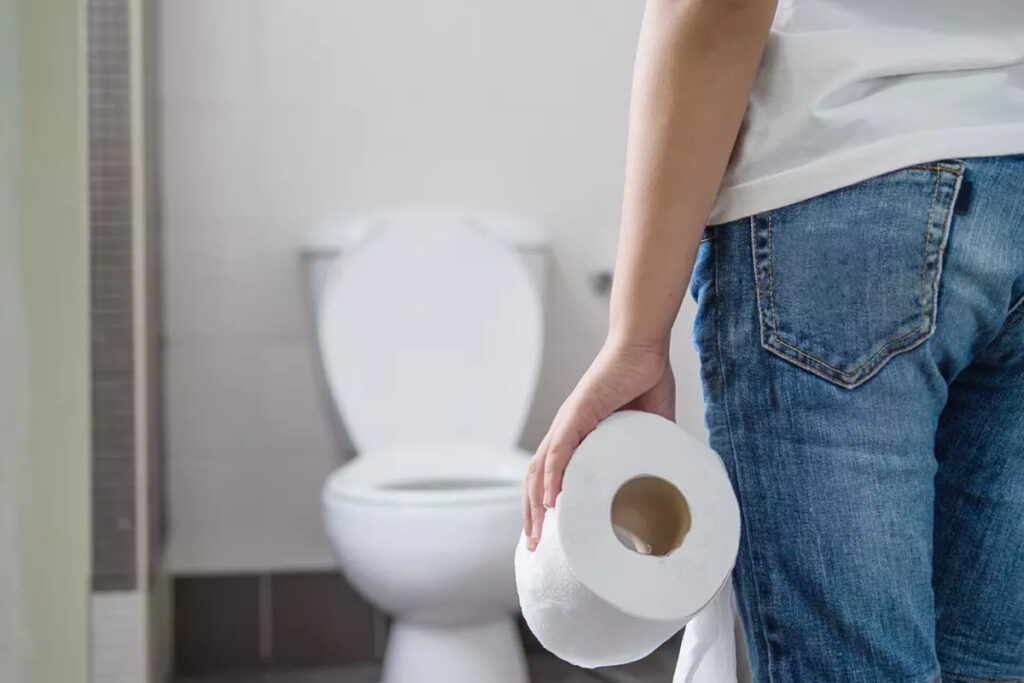Imagine this: you stroll through your local supermarket and notice the toilet paper aisle is nearly bare. Sounds all too familiar? It was a reality during the pandemic when toilet paper became a hot commodity, almost like a treasure hunt in the aisles. But what if I told you that the days of readily available toilet paper could be numbered? Experts are voicing concerns about its future that might surprise you.
The Environmental Cost of Toilet Paper
For centuries, toilet paper has been a fundamental part of our daily lives. Its origins are somewhat murky, with references from ancient China as early as the 6th century BC. However, the modern toilet paper we take for granted was first introduced in the 19th century by Joseph Gayetty in the U.S. Fast forward to today, and toilet paper is more in demand than ever. Yet, the environmental repercussions of its production are raising eyebrows and sparking discussions about sustainability.
The creation of toilet paper often involves the use of recycled paper and cellulose. However, those plush, ultra-soft varieties require a significant amount of fresh fibers, which drives up costs and poses greater environmental risks. The surge in demand for paper products is contributing to alarming rates of deforestation, and the softest toilet papers that many consumers prefer are the most resource-intensive to produce.
A Growing Health Concern
While toilet paper may seem innocuous, recent studies indicate it could contain potentially harmful chemicals. Research from the University of Florida detected traces of “forever chemicals” in toilet paper, specifically PFAS (per- and polyfluoroalkyl substances). These substances have been associated with serious health issues, including cancer and hormonal disruptions. With these disturbing findings, experts are reconsidering whether toilet paper is as safe as we’ve believed.
Looking Beyond Toilet Paper: Alternatives on the Rise
In light of these concerns, it’s no wonder many people are exploring alternatives. Interestingly, several cultures have never relied on toilet paper as we know it. In regions such as South Asia and the Middle East, using water for cleaning is the norm. In places like Jordan, Egypt, and India, traditional toilets are often absent; instead, people squat over a hole in the ground, followed by rinsing with a bucket of water and using a hose. This practice is long regarded as more hygienic and eco-friendly.
If toilet paper is indeed on its way out, what could fill the void? A top contender is the bidet, an appliance already commonplace in other parts of the globe. Bidets employ both water and soap, offering a more eco-conscious and thorough cleansing option. With the rise of electric bidets, which provide added convenience and comfort, many are reassessing the necessity of toilet paper altogether.
What’s Next for Toilet Paper?
As concerns mount regarding environmental impact and health risks, it’s apparent that toilet paper may not have the future we once envisioned. While it continues to be a household staple for now, its potential decline could usher in a new era of sustainable, water-based alternatives. Whether through traditional bidets or innovative hygienic solutions, the shift away from toilet paper could be a significant stride toward reducing waste and enhancing personal hygiene. Clearly, the future of cleanliness may well be a lot wetter than we had anticipated!







